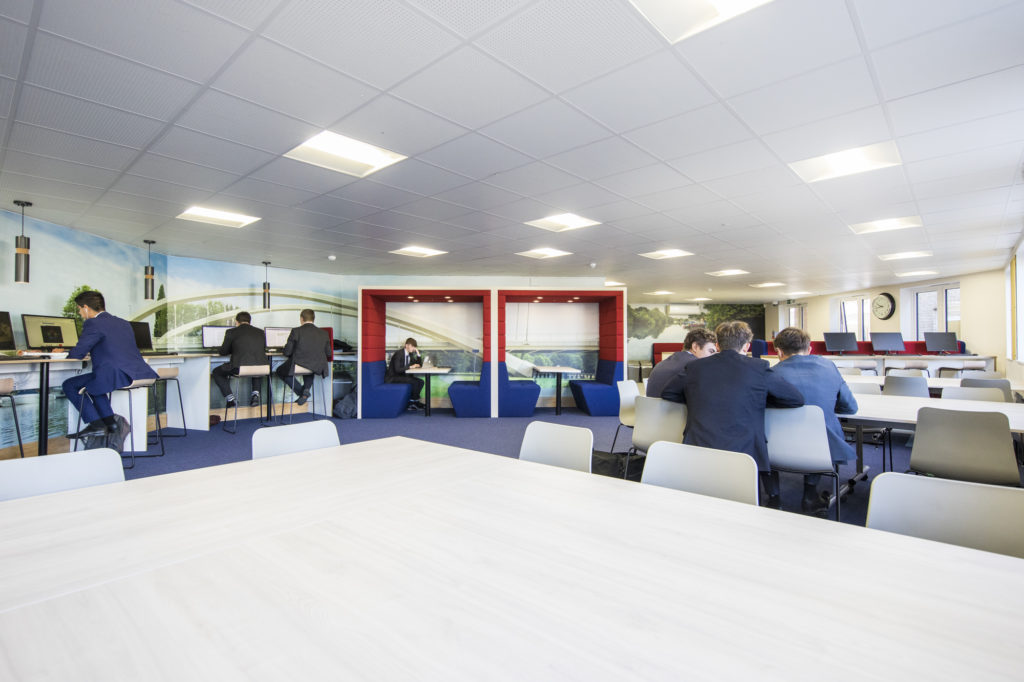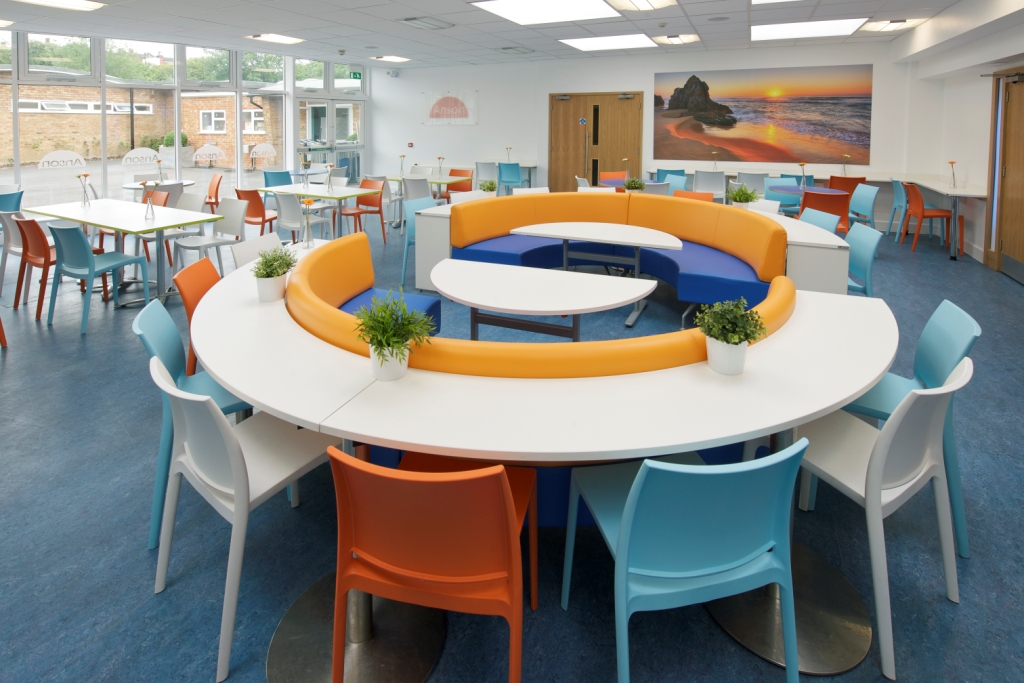Offering your students an excellent dining experience is without a doubt an important part of their learning experience. It may be beneficial to create a range of eating spaces, to cater for a range of tastes and users – especially for older students and 6th formers.
As well as the traditional dining hall, there are opportunities for creating smaller café areas, informal eating spaces or vending machines. Particular attention should also be paid to the food that is served and the way payments are collected. A smart swipe-card based system makes the whole dining experience quicker and more convenient for students.
It is important to make sure that you are getting the best value from your catering company, or food supplier. Don’t always look for the most cheaply priced products, but pay attention to the ingredients labels and nutritional information too.
Feeding students the right foods helps to aid concentration and promote healthy development.

To really experience the student’s overall dining experience, try using the dining hall for a week. Sample the food, sit at the tables, and stand in the queues. By doing this, you will be able to know first-hand how the space functions.
For the ultimate student dining experience, you will need to approach your project through the eyes of the users in the space.
- Involve your students in your planning and design of your new space – after all, the best teacher is experience. Find out what they like and dislike about your current dining space.
- If there are seating zones near to lunch queues, consider separating these off with barriers or objects like planters or low storage to minimise disruption for those already eating.
- Make sure that tables are clean and hygienic, the cutlery feels pleasant to use, and the floor is kept free from sticky patches and crumbs.
- Is the menu relevant to the age and tastes of the diners. Are you offering healthy and nutritious food?
- Have a clock in your dining hall is also useful to keep students moving towards their next lesson.
- Use your dining experience as a motivator. Implement a reward system, or find ways to engage your students further with dining privileges (see examples to left hand side).»Ensure that there is plenty of standing room for students that don’t want to sit down to eat.




